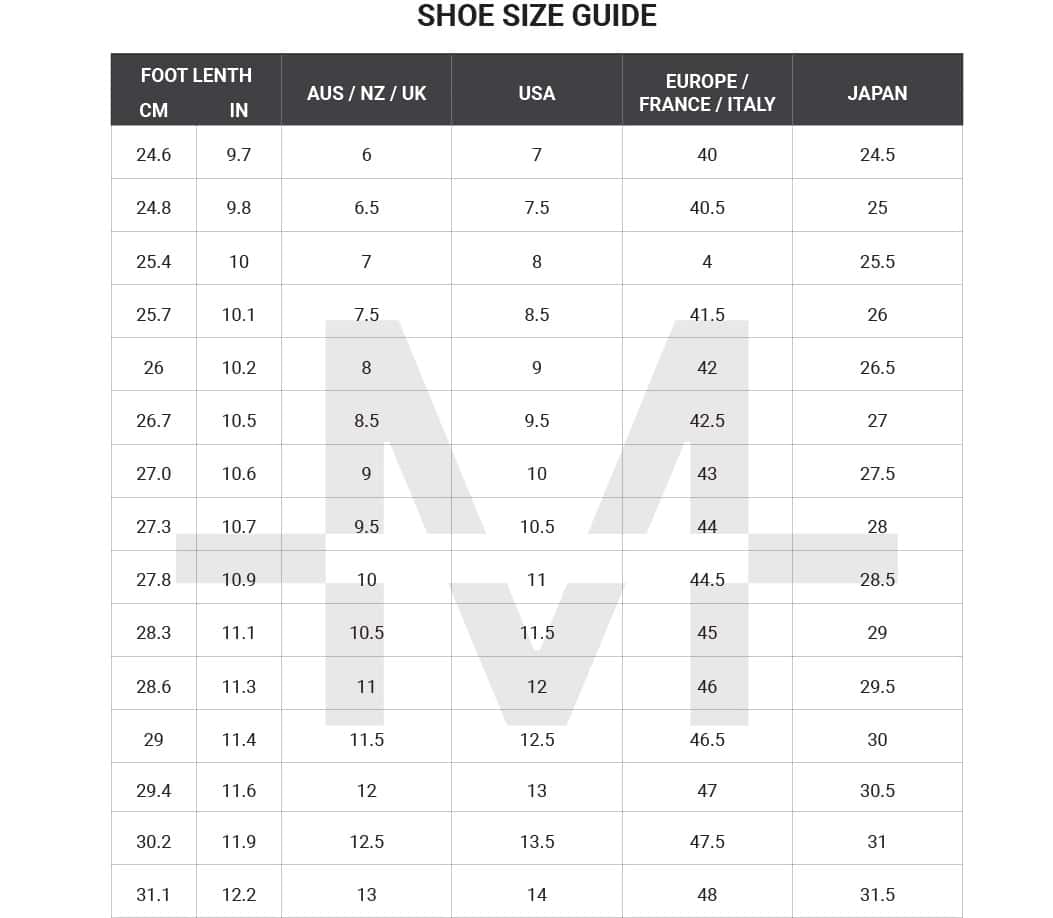Discover the Perfect Fit: A Comprehensive Australian European Shoe Size Conversion Guide for Parents
Welcome, dear parents, to your one-stop guide for navigating the often tricky waters of shoe shopping for your kids! If you’re on the hunt for that perfect pair of shoes for your little ones and are puzzling over the differences between Australian and European sizes, fret not! We’ve crafted an easy-to-follow, detailed guide to help you translate those numbers into the right fit for those adorable feet.
Understanding the Australian and European Shoe Size Systems
Before we plunge into conversion charts and practical tips, let’s first understand the core differences between Australian and European shoe sizes. The European sizing system is based on the overall length of the last (the foot-shaped template for constructing shoes) used to create the shoes, measured in millimeters. It’s a straightforward system that advances in small, consistent increments. Australian sizes, on the other hand, are traditionally based on UK sizes and can be more complex due to different sizing standards for men, women, and children.
The Essential Conversion Chart for Aussie and Euro Kids’ Sizes
Armed with a reliable conversion chart, you can confidently stride into any store or online shopping portal and fetch the shoes that will comfortably fit your child’s feet. Below you’ll find a conversion chart that will help you match Australian children’s shoe sizes with their European counterparts.
Note: Make sure to always check with the manufacturer’s size chart as there may be slight variations.
| Australian Size | European Size | Foot Length (in millimeters) |
|---|---|---|
| AU 5 | EU 21 | 130 |
| AU 6 | EU 22 | 135 |
| AU 7 | EU 23 | 140 |
| AU 8 | EU 24 | 145 |
| AU 9 | EU 25 | 150 |
Measure Twice, Buy Once: Getting Your Child’s Foot Size Right
When it comes to finding the right shoe size for your child, precision is key. Sizing can somewhat vary between different shoe brands and styles, so it’s always best to measure your child’s feet first before referring to our nifty size chart. Here are a few tips to ensure you’re measuring your child’s feet accurately:
- Use paper and a pen: Place your child’s foot on a piece of paper and trace around it with a pen, holding the pen upright. This will give you a more accurate outline to measure against.
- Measure in the afternoon: Feet naturally swell throughout the day. For the best fit, measure your child’s feet in the afternoon.
- Consider width and growth: Allow about half an inch (or 1.3 centimeters) of extra space to accommodate growth spurts and wider feet.
- Double-check: It never hurts to measure a couple of times to ensure accuracy.
Now, with the correct foot measurement in hand and our handy conversion chart at your fingertips, you’re all set to select the right shoe size for those growing feet. Remember, comfort is key for your child’s foot development, so always prioritize well-fitting, comfortable shoes over anything else.
Stay tuned, as further in this guide we’ll dive into shoe shopping tips, how to deal with half sizes and the importance of regularly measuring your child’s feet as they grow.
Shopping for shoes should not be a dreaded chore. With this guide, you will be able to face the shoe aisle with a confident smile, knowing that you can find the perfect fit for your child each and every time. Stay with us as we continue to walk you through everything you need to know about the Australian European shoe size conversion!

Five Things Parents Should Know in Preparing for Australian-European Shoe Size
1. Foot Sizing Is Not Static – It Changes!
Children’s feet grow rapidly, and this can mean they require new shoes more frequently than we expect. It’s essential to understand that a size that fits now may become uncomfortable within a matter of months. Regularly measuring your child’s feet every three to four months can prevent discomfort and potential foot problems associated with ill-fitting shoes.
2. The “Wiggle Room” Rule
While it’s tempting to buy snug-fitting shoes to ensure a secure feel, you should always allow for some ‘wiggle room’. This doesn’t just mean extra length, but also considering the width and depth of the shoe. Kids need space to move and grow; typically, a thumbs width from the top of the longest toe to the end of the shoe is advised.
3. Different Brands, Different Fits
Shoe sizing can vary considerably between brands, and sometimes even within different styles of the same brand. Always check customer reviews or seek advice from the brand’s customer service to understand if their sizes run large, small, or true to size.
4. Half Sizes and Wide Fits
Many European brands do not offer half sizes or wide fittings; however, some do. If your child is in between sizes or requires a wider fit, look for brands that cater to these specific needs. This could mean the difference between a good fit and a perfect fit for your child’s feet.
5. The Importance of Suitable Footwear for Development
Properly fitted footwear is vital for your child’s foot health and overall development. Shoes that are too tight, too loose, or poorly constructed can lead to developmental issues, discomfort, and long-term foot problems. Invest in quality footwear that supports and accommodates the natural growth and movement of your child’s feet.
With these five essential pointers in mind, you’re now better prepared than ever to tackle the task of shoe shopping for your children. Remember, the right fit will not only keep those little feet comfortable but will also support their adventurous steps as they explore the world around them.
Our Australian European shoe size guide is designed to assist you in making well-informed decisions when it comes to purchasing footwear for your kids that is comfortable, supports healthy foot development, and aligns with their dynamic growth patterns. Embrace the quest for the perfect fit and watch your children step out in comfort and style!
Remember, our conversion chart, along with these top tips, will make your next shoe shopping experience a breeze, setting the stage for many happy strides in your child’s journey. Happy shoe shopping!
Keywords: Australian European shoe size, children’s shoes, shoe size conversion, foot measurement, kids’ shoe shopping, perfect fit, growth spurts, foot development, shoe sizing guide, accurate shoe fitting.
For more great articles please see here. For more information see here
Disclaimer
The articles available via our website provide general information only and we strongly urge readers to exercise caution and conduct their own thorough research and fact-checking. The information presented should not be taken as absolute truth, and, to the maximum extent permitted by law, we will not be held liable for any inaccuracies or errors in the content. It is essential for individuals to independently verify and validate the information before making any decisions or taking any actions based on the articles.




